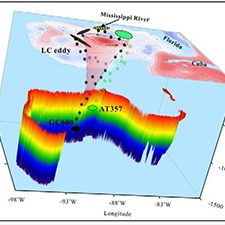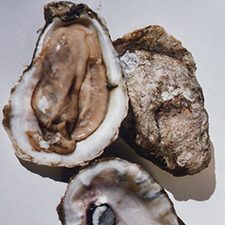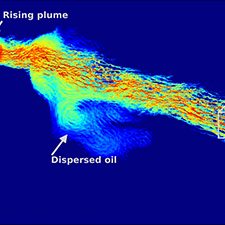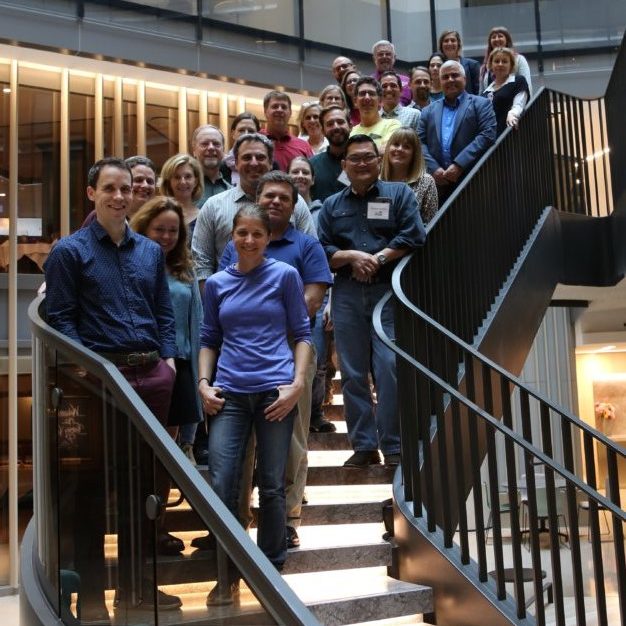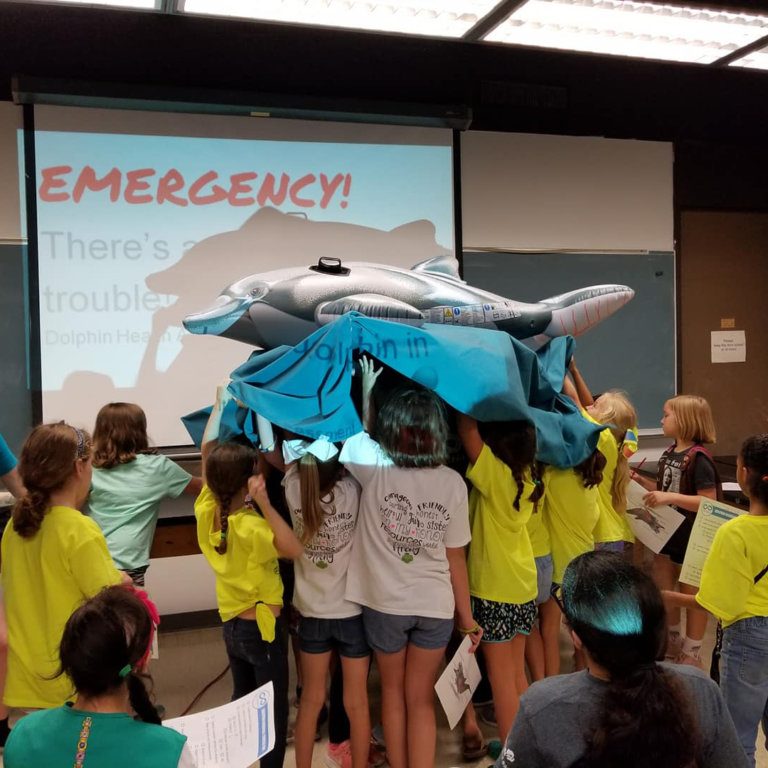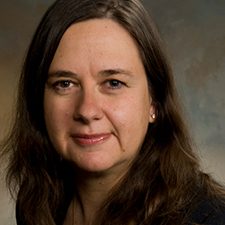Study Simulates How Large and Small Circulations Influence Sinking Marine Particles
Scientists used 3D regional ocean model simulations and sediment trap data to investigate how large (mesoscale) and small (submesoscale) circulations affect the transport of sinking particles, or marine snow, in the northern Gulf of Mexico. Small-scale convergence and divergence processes (a few kilometers) and cross-shore transport of riverine inputs induced by mesoscale eddies significantly influenced the speed and trajectory of sinking particles in offshore waters.

